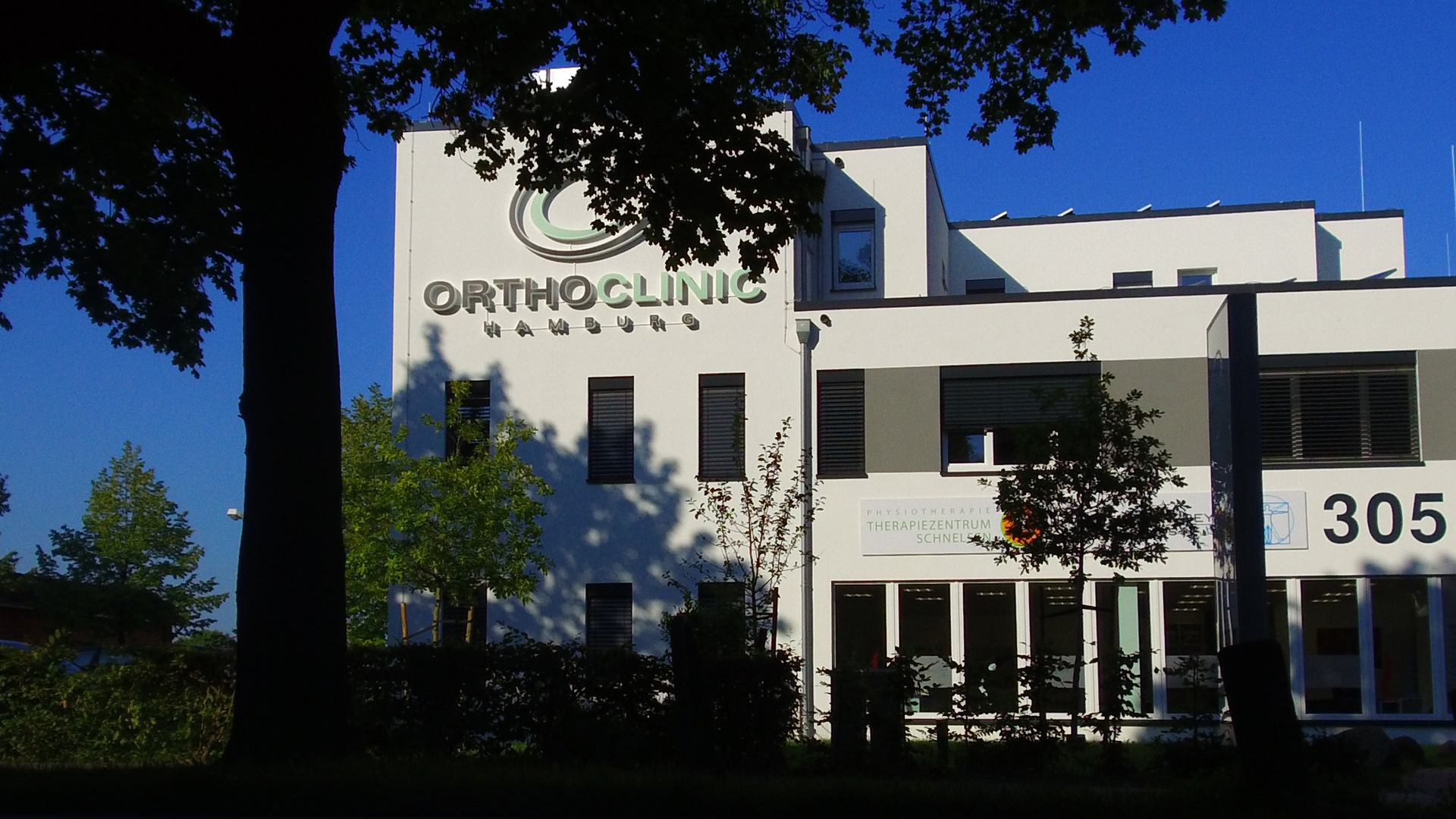In 18 sheep the anterior cruciate ligament was replaced by an alloplastic ligament of polyetheretherketone (PEEK). Histological examination 18–36 months after implantation revealed the presence of wear particles with a size of 0.6–9.5 μm (mean size, 2.78 μm) in 57.5% of the 1448 evaluated lymph nodes from various sites in the body. The PEEK wear particles were found both in the operated right knee as well as in the non-operated left knee. Although the density of particles on the left side was generally lower than on the operated right side, these findings can only be explained in the context of distribution phenomena through the lymphatic system.
The number of macrophages containing particles per lymph node and the particle density per macrophage decreased in both sides from the periphery towards the centre. There was a time-related change in the foreign body distribution pattern from right to left: while on the right there was rapid accumulation of positive macrophages, a quantitative re-distribution towards the left occurred only gradually. No evidence was found for successive re-distribution within the lymph nodes from the cortex towards the marrow. In the synovia of the hind legs, particles had accumulated only in the right leg. In the left no PEEK degradation products were found. In the course of time the quantity of particles in the synovial specimens began to increase, the number of particles per macrophage also increased with time. From the twenty- fourth postoperative month, discrete fibrosis or thickening of the stratum subsynoviale with multi-layering of synoviocytes in some places was observed on the operated right side. PEEK particles of varying size were found in the cytoplasm of macrophages only. There was no evidence of free fibre fragments. In the liver and spleen there were no signs of particle accumulation. The wear particles which accumulated during time periods ranging up to 36 months postoperatively therefore did not cause any clinically or morphologically detectable, pathological secondary changes in the extra-articular structures under study. The extent of inflammatory response to the alloplastic cruciate ligament of PEEK material was determined both in- and outside the joint exclusively by the density of the accumulated particles and thus by the duration of implantation. There was no evidence that particle size or shape has any significant effect. Necroses, granuloma or giant cells were not observed.

